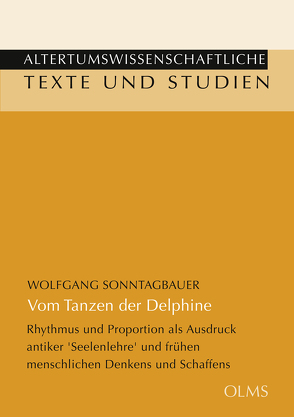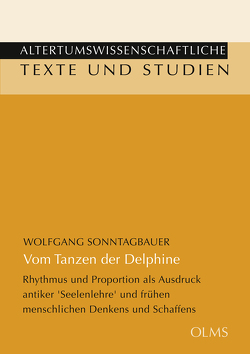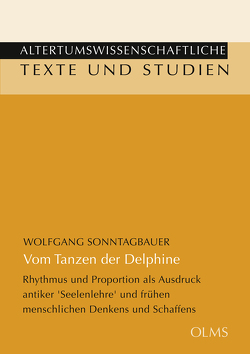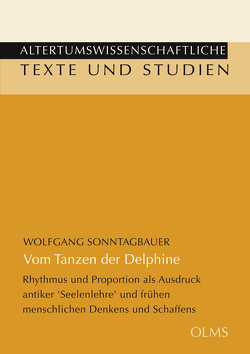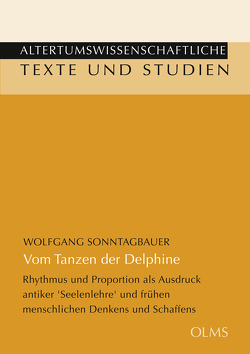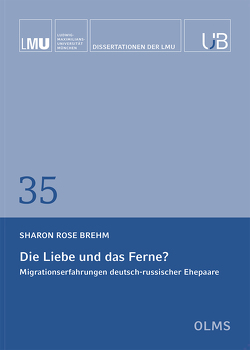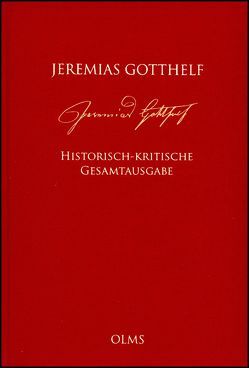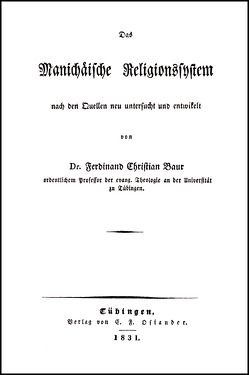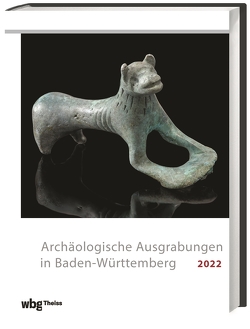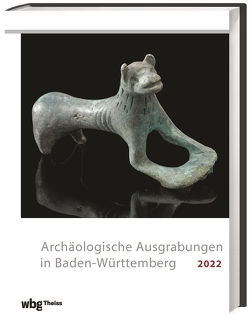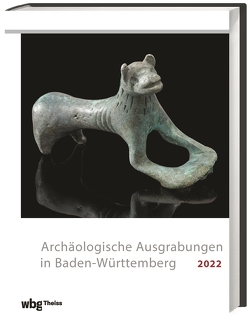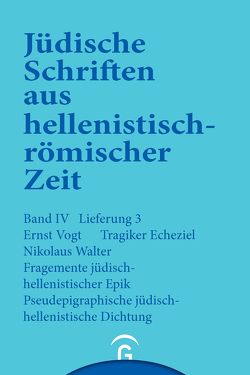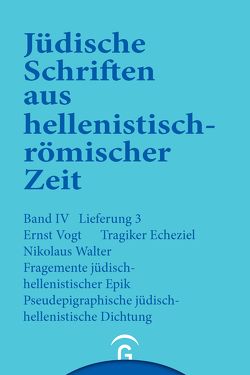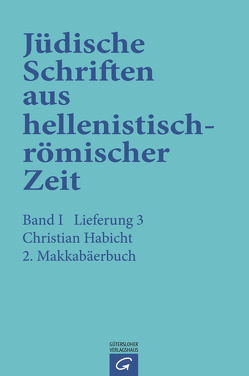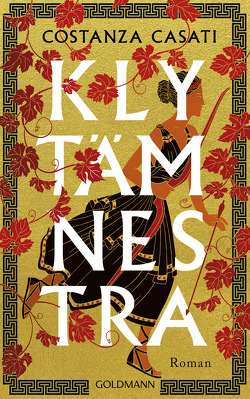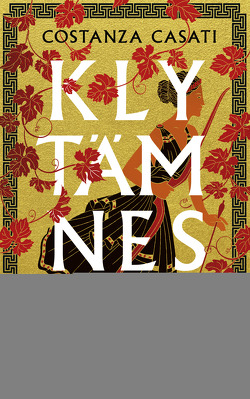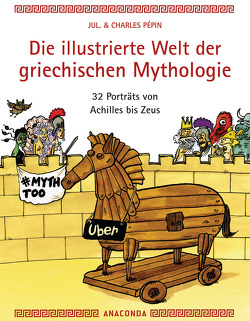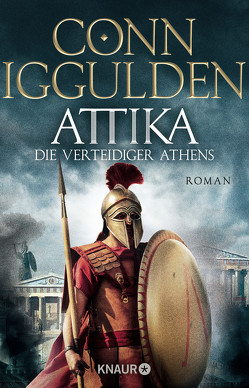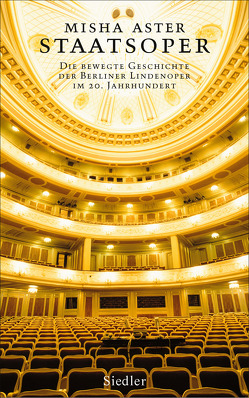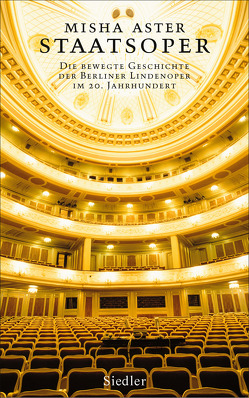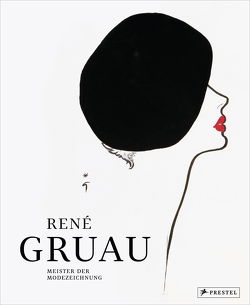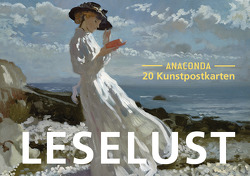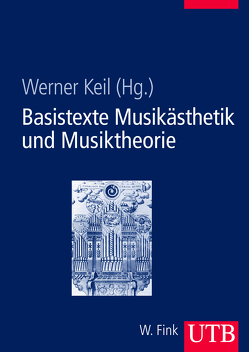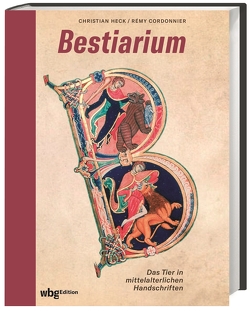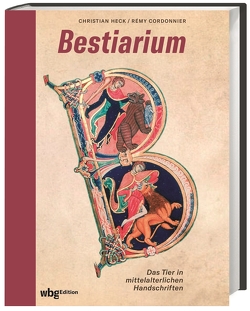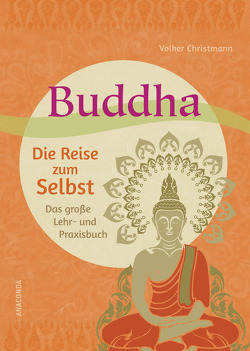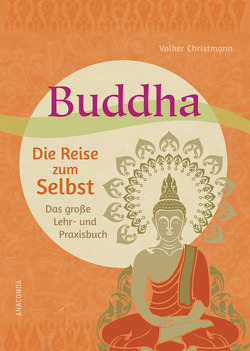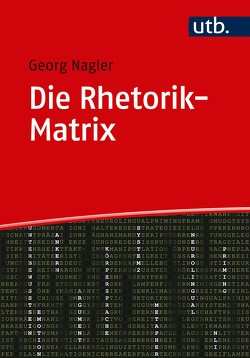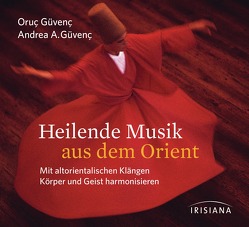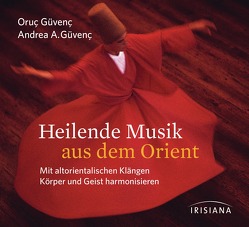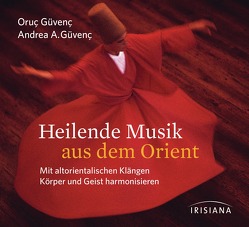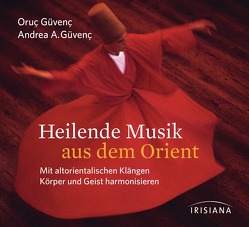Vom Tanzen der Delphine
Rhythmus und Proportion als Ausdruck antiker 'Seelenlehre' und frühen menschlichen Denkens und Schaffens
Wolfgang Sonntagbauer
Der Beliebigkeit der heutigen Vorstellung von Rhythmus wird der mythisch-kyklische Rhythmusbegriff entgegengestellt, der alle Bereiche der griechischen Musiké, der ‚Musenkunst‘, umfasst. Nicht nur die Einheit von Musik, Tanz und Sprache ist damit gemeint, sondern auch die Musiké der sakralen Architektur, der Malerei und der Plastik, d. h. aller Bereiche frühen menschlichen Denkens und Schaffens. Die in griechischer Sicht aus Begrenztem und Unbegrenztem, Gemessenem und Unmessbarem, Rationalem und Irrationalem, Bewusstem und Unbewusstem, Menschlichem und Numinosem bestehende Wirklichkeit ist komplementär, d. h. die Gegensätze sind in ihrer Uneindeutigkeit untrennbar miteinander verwoben und gehen ineinander über. Diese nicht objektive, nicht allein den Kategorien von Raum, Zeit und Kausalität unterworfene ’seelische‘ Wirklichkeit der Griechen kann mit rational-positivistischen Mitteln allein nicht erschlossen werden, sondern es müssen vor allem die Bilder des Mythos bzw. der mythischen ‚Philosophie‘ befragt und zur Deutung herangezogen werden. Die Gestalt und die Entwicklung des Rhythmus bis in die Spätantike sollen vor allem anhand der antiken Metrik, der Musik- und der Proportionstheorie gezeigt werden.****************The arbitrariness of today’s notion of rhythm is contrasted with the mythical-cyclical concept of rhythm, which encompasses all areas of the Greek musiké, the ‚art of the muse‘. Not only the unity of music, dance and language is meant by this, but also the musiké of sacred architecture, of painting and sculpture, i.e. all areas of early human thought and artifacts. Reality, which in the Greek view consists of the limited and the unlimited, the measured and the immeasurable, the rational and the irrational, the conscious and the unconscious, the human and the numinous, is thought to be complementary: in their ambiguity, the opposites are inextricably interwoven and merge into one another. This ’spiritual‘ reality of the Greeks is non-objective, not solely subject to the categories of space, time and causality; it cannot be unlocked by rational-positivistic means alone, rather the images of myth or mythical ‚philosophy‘ ought to be consulted and be used for interpretation. The character and the development of rhythm up to late antiquity will be demonstrated primarily on the basis of ancient metrics, music and proportion theory.
